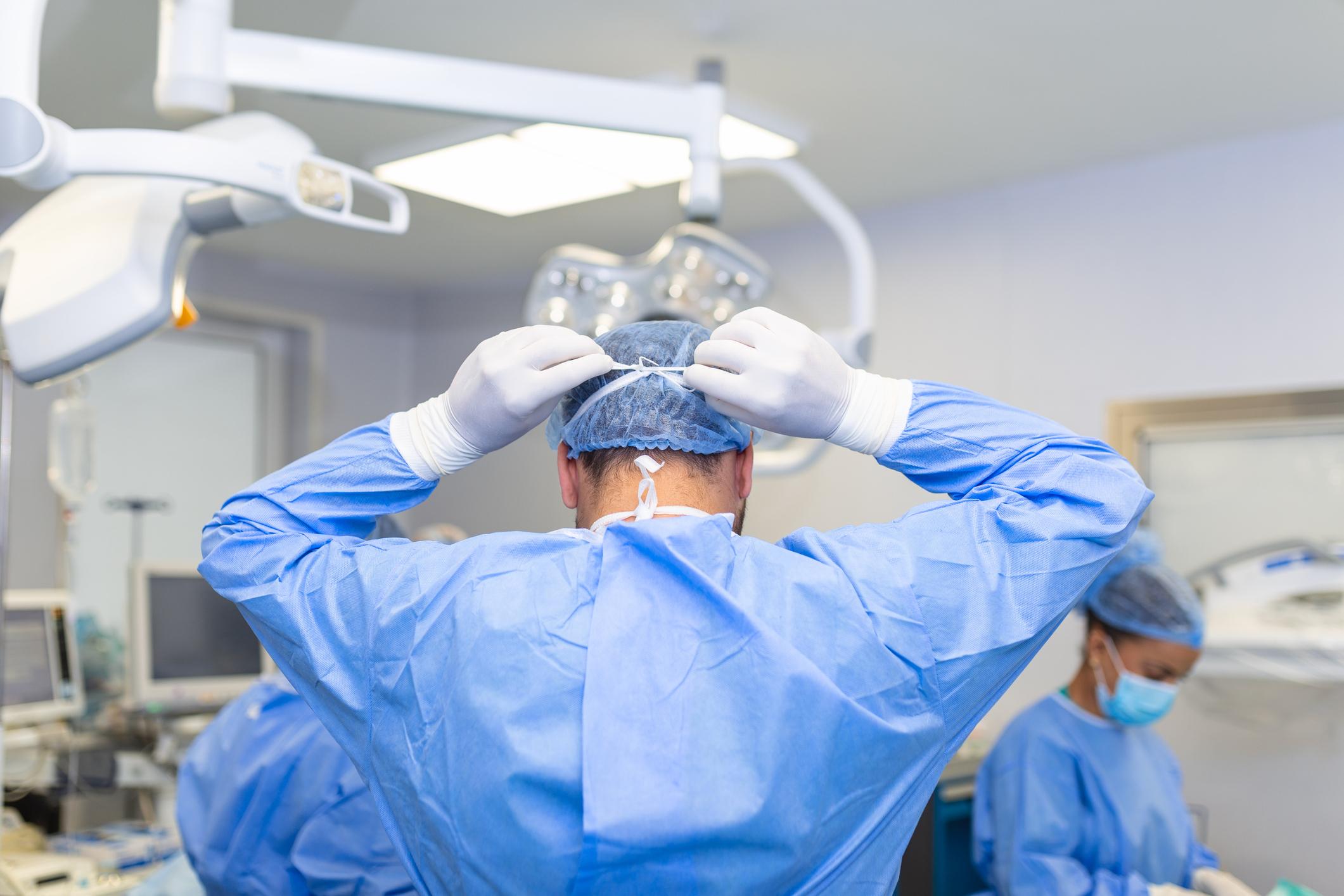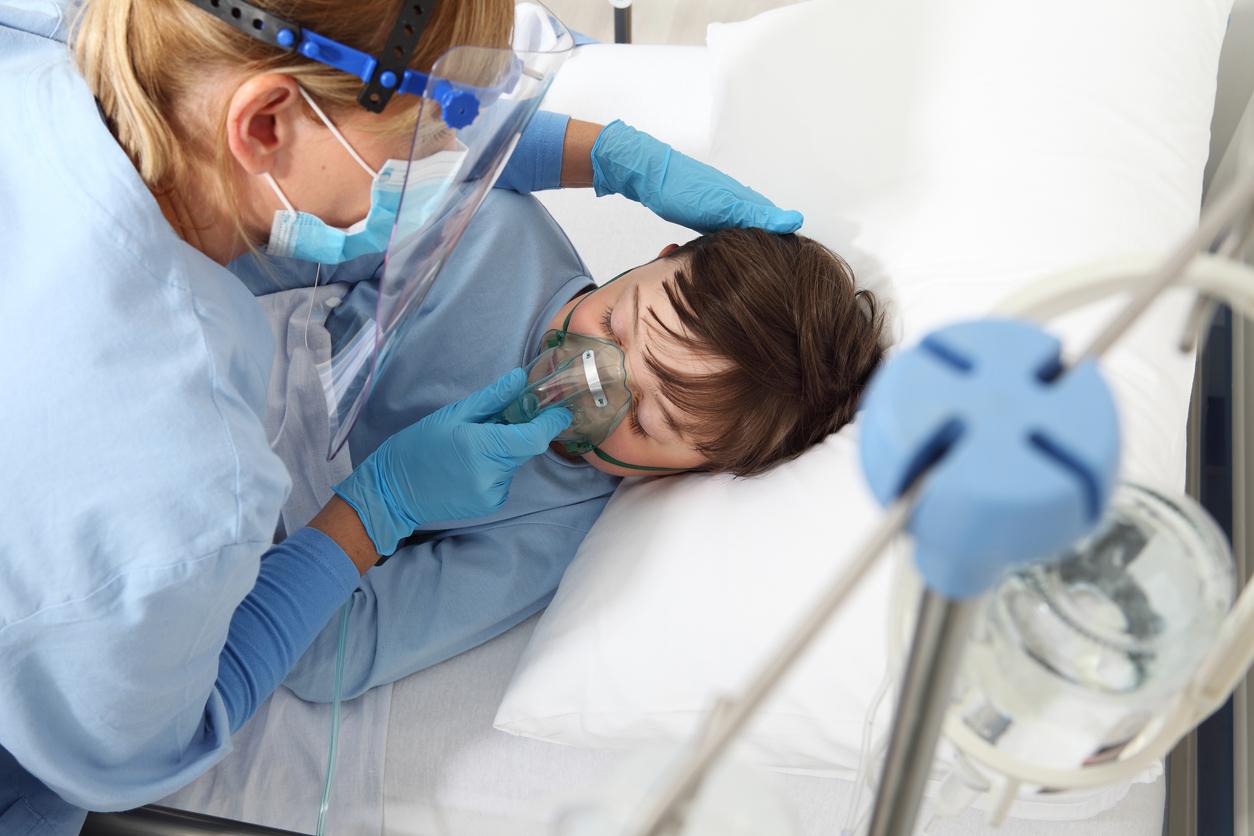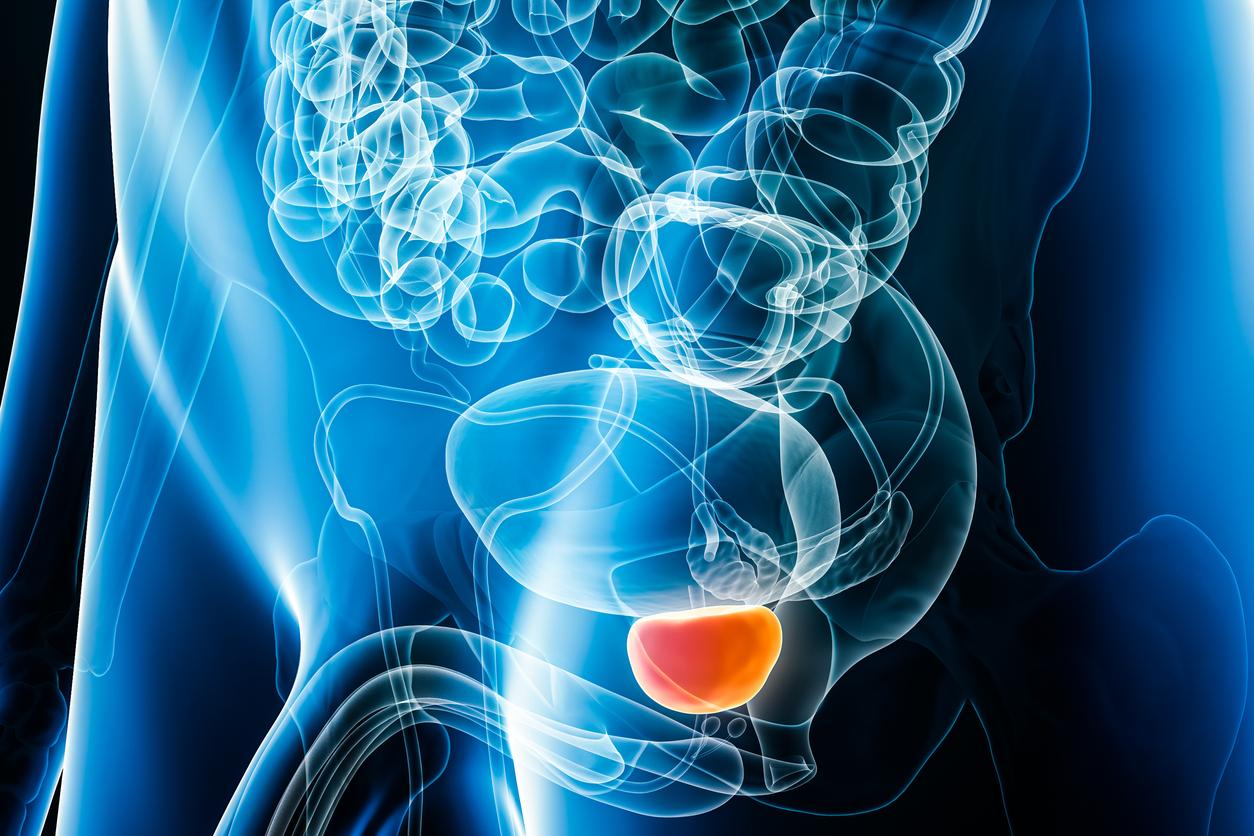“I want to double the rate of growth of day surgery, which allows patients to be treated during the day, without spending the night in the hospital when it is not justified. From 2016, one in two operations will be able to be performed on an outpatient basis?! declared last January the Minister of Health, Marisol Touraine, in the columns of the daily Les Echos. The objective is to achieve 10 billion euros in savings in 3 years. Today, only 45% of operations are performed on an outpatient basis, while this rate peaks at 65% in Europe. For 3 years, HAS has had the mission of developing and improving this type of surgical procedure.
Analyze costs
HAS has implemented new health software, the microcosting software, to improve the analysis of the costs of a medical act in day surgery. Healthcare establishments will be able to use it to arbitrate a decision. “The purpose of the tool is both economic and organizational. It not only allows a user establishment to calculate the full instantaneous cost of the procedure under consideration but also to simulate the variation in the unit cost of the procedure studied, depending on the volume of patients treated or new organizational methods (extension of opening for example)”, explains the HAS in a press release.
Improving the quality of care
The problem of day surgery is not only financial. It also affects patient safety. Because outpatient surgery can also increase patient safety by limiting the risk of nosocomial infections and postoperative phlebitis since they remain lying down for less time. This is why the HAS is developing indicators of quality and safety of care to assess this level throughout the course of the patient in day surgery in order to set up improvement programs.
Assess the quality of care
HAS has also established a patient-tracer grid specific to day surgery to improve patient safety and care at all stages.
“This grid makes it possible to assess patient care as a team and to implement improvement actions. The challenge for establishments is to assess their ability to organize day surgery activity around the patient, to optimize their intra-hospital journey and to control the risks at each stage,” explains the HAS in a press release.


















